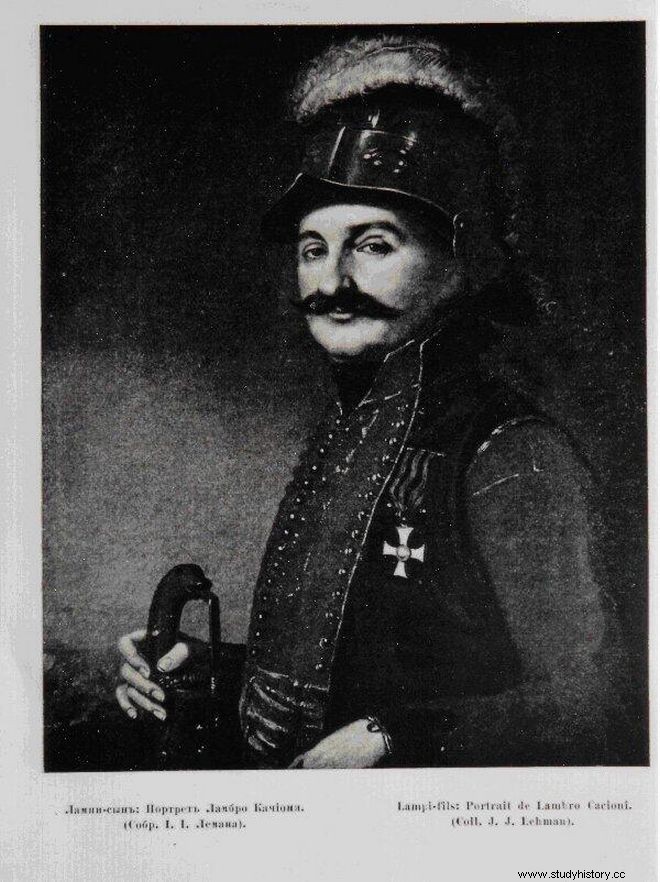In the Aegean sea and at a very short distance from the shores of Lavrio is Kea, also known as Tzia, a name given to it by the inhabitants of the island themselves and which most of the time prevails over the first. It is the northernmost island of the western Cyclades, but also the closest to Attica, with a distance of only 16 nautical miles from Sounio.
In the north of the island is one of the largest natural harbors of the Mediterranean, the bay of Agios Nikolaos with the homonymous lighthouse to the left of the entrance welcoming all incoming guests. And it may be built on the ruins of the temple of Poseidon, but nowadays it stands all white and looks like a pure white stone fortress, knowing its importance but also its antiquity, being one of the two oldest lighthouses of the Greek network.
In the "guts" of the bay, counterclockwise, the visitor will first encounter the central port of the island, Korissia or otherwise Livadi, swim in Gyaliskari with its golden sand and wander around Vourkari, a picturesque settlement, point meeting place for sailors, usually the most cosmopolitan part of the island.
But as the hands of the clock approach their starting point and the visitor to the lighthouse, there is a point where each of us must stand. And if he is lucky and does not have "bad" weather, he will have to stay a while to smell the air of history that the Giotes themselves will reveal to him in their conversations. It is about the Strait of Kokka, a narrow strip of land, where looking at it from a distance it looks like the tail of a lazily plucked camel, at the other end of which, like a huge eye watching everyone, stands the lighthouse.
According to Travel Inspiration, in this narrow passage, which is now called "Lambros Katsonis Strait", in the Spring of 1790, the legendary sea fighter, knight of the Russian Order of Saint George, Lambros Katsonis, taking advantage of his low height, attempted and successfully passed his ship in the "open" sea...

Born in 1752 in Livadeia, Lambros Katsonis took part at a very young age in the Orlovic War and the Crimean War, having already been assigned from 1774 as an officer in the Greek battalion of the Russian army. Thirteen years later, with the beginning of the Russo-Turkish war, he successfully launched attacks against the Turks in the Ionian Sea and later in the Aegean Sea.
In the Spring of 1790, the Turks, enraged by his action, sent their fleet to Gia with orders to destroy his fortress. After a fight, Lambros Katsonis finds refuge in the bay of Agios Nikolaos. The Turks remain at the entrance of the port waiting for dawn to catch him. But Katsonis, with the help of the islanders, manages to get to the open sea from this narrow strip of land, using tree trunks smeared with pork fat.
The dawn of the next day, he finds the Turks enraged, realizing the feat of this legendary sea fighter. At the same time, the Turkish admiral orders his men to land on the island and completely destroy it. Many Tziotes meet a tragic death, while houses, churches and monasteries burn in their wake.
Lambros Katsonis died at the age of 52, but his achievements changed the course of Greek history forever...
So when the natural beauty of a place is combined with the incredible, but true events of our people's history, then the result can be nothing but magical!!!
